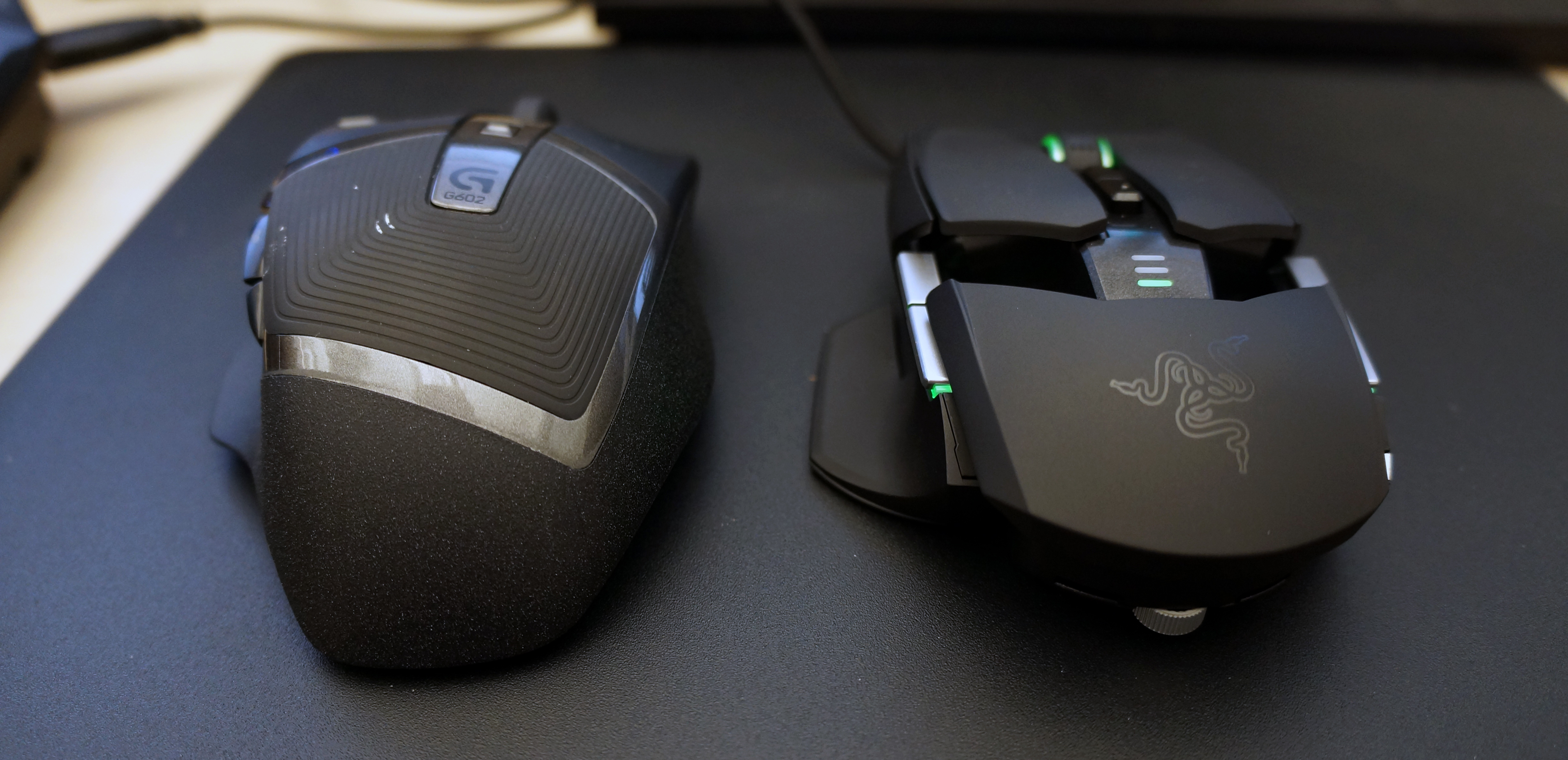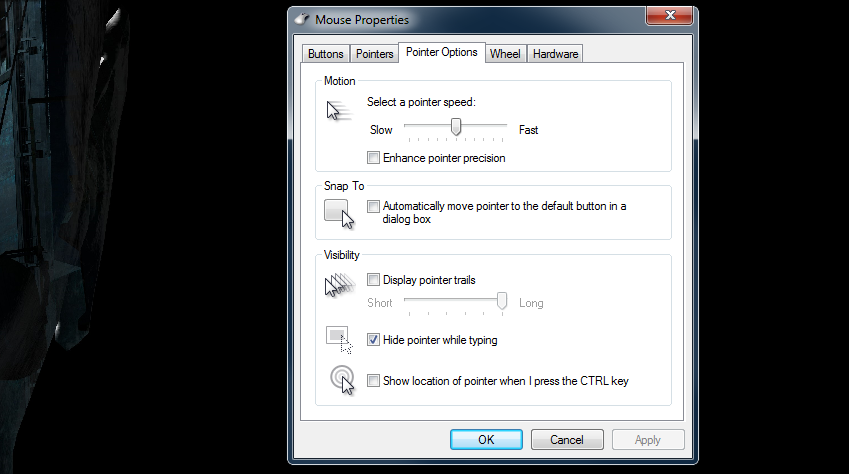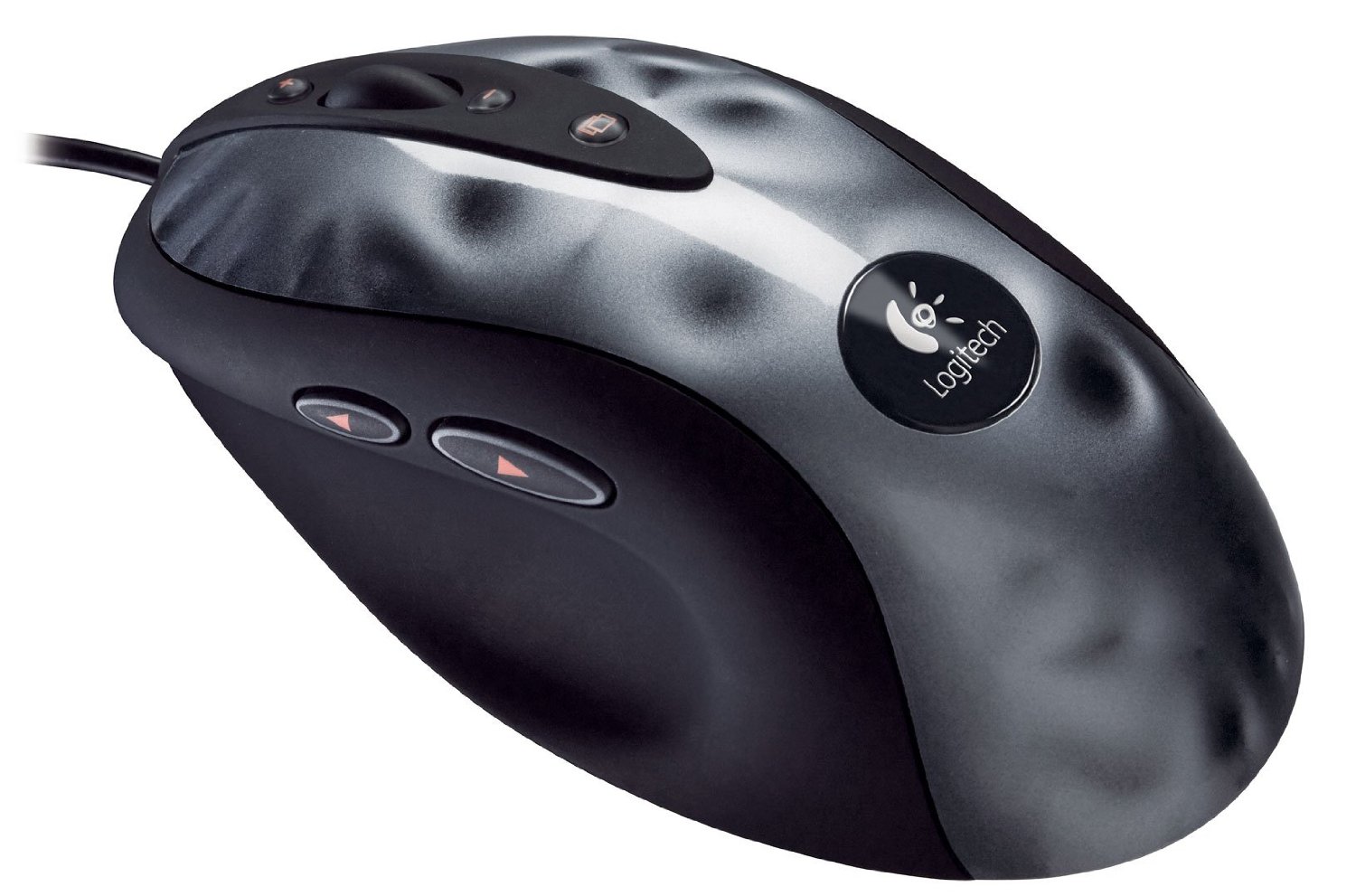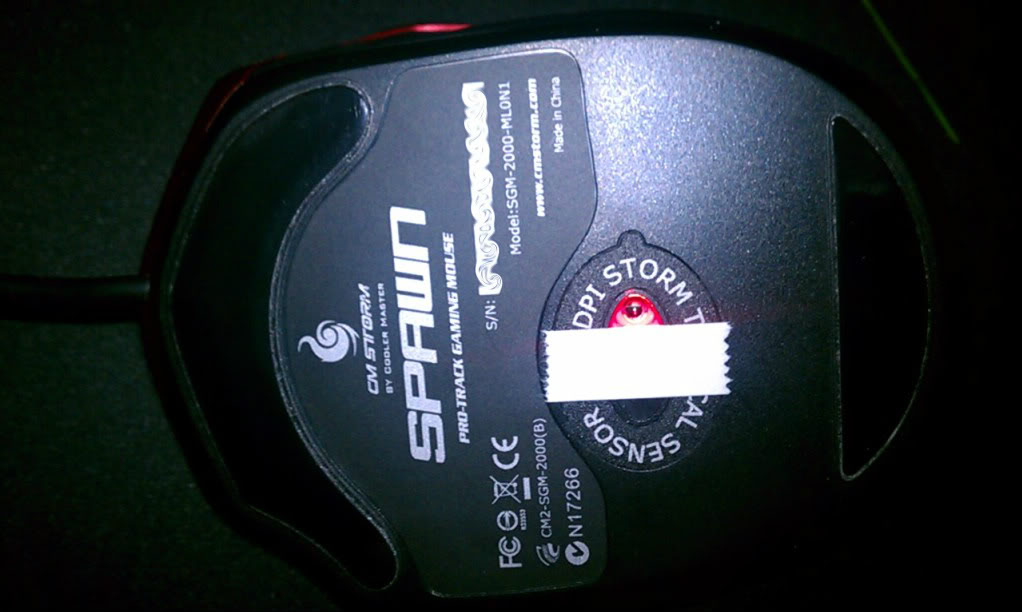Gaming mouse myths busted

Mouse myth: Wired gaming mice are faster and more accurate than wireless.
Verdict: This was true for years, but today, you probably won’t be able to tell the difference between a good wireless mouse and a wired one.
In testing wireless gaming mice, I’ve had good and bad experiences. Mice that seem laggy, and mice that, as far as I can tell, perform just as well as wired gaming mice. Many wireless gaming mice max out at a polling rate of 500 Hz, compared to the polling rate of 1000 Hz most wired gaming mice offer. That’s a difference of data being sent from the mouse to the PC every 1 millisecond instead of every 2 milliseconds. If you’re extremely sensitive to mouse response, you may notice a difference. But keep in mind that most monitors only refresh at 60 Hz or, at best, 144 Hz. You’re much more likely to notice performance issues related to the quality of the mouse sensor than due to the polling rate.
François Morier is adamant that you can make a great wireless gaming mouse, but the design has to be based around wireless from the outset.
Morier: “This starts from the sensor. It is true that the sensor, in a cordless design, is the most demanding item in the product. If you push a sensor that is not made for cordless by design into a mouse, you will end up with poor battery life, maybe poor reaction time because you trade off the rest mode operation to save power, and at the end the reaction time will be bad, because it has been misunderstood at the design step. But if you understand what is the experience the user is requiring, at which moment the user wants to have a reaction, at which moment the user doesn't care about reaction anymore, then you can make a design that is much more optimized. You can have good battery life and still keep excellent performance...I believe you can make it indiscernible from a corded product, provided you make it right.”
With wireless gaming mice, Morier recommends keeping the wireless receiver on your desk, close to the mouse. Errant wireless signals from phones and routers and other devices are most likely to cause interference and poor performance with wireless mice. Limiting the potential for those interruptions is more likely to give you a wireless experience indistinguishable from a wired one.

Mouse myth: Your Windows mouse sensitivity setting needs to be set to 6 out of 11.
Verdict: False when it comes to games, because virtually no modern games use Windows mouse settings.
The 6/11 setting in Windows will, supposedly, give you the the closest 1:1 performance between data from the mouse and how the cursor moves in the OS. And it’s true that, for general mouse usage in Windows, you probably shouldn’t mess with this setting—putting it at 11/11 could mean skipping over counts from the mouse and result in inconsistent performance.
The biggest gaming news, reviews and hardware deals
Keep up to date with the most important stories and the best deals, as picked by the PC Gamer team.
But for games? That setting likely won’t matter at all. Most games use direct or raw input, rather than WM_Input, for mouse controls, meaning they bypass those Windows mouse sensitivity settings entirely. There’s nothing wrong with having your Windows pointer speed setting set to the default of 6/11, but in games made in the past 15 years, it’s unlikely to make a difference.

Mouse myth: The MX 518 is still the best gaming mouse ever made.
Verdict: False, but nostalgia’s a wonderful thing.
There’s no gaming mouse more beloved than the Logitech MX 518, released in 2005. There are even some gamers who swear by it to this day. There’s no arguing it was a great mouse in its day, but anyone claiming it’s still the best is missing out on significant advancements in gaming mice since 2005: higher DPI settings (some of which can be bad, as explained above, but there are plenty of mice that go far higher than the MX 518’s 1600 DPI without sacrificing performance), higher polling rates, and years of research into ergonomics and material design.
More significantly, one of today’s most maligned mouse features, called prediction, was enabled on the MX 518. Prediction, also called angle snapping, smooths out mouse movements to help you draw a straight line. Obviously this isn’t ideal for gaming, though, where you want exact, 1:1 correlation between your movements, not for the mouse to predict your movements. While modern gaming mice often offer the option to turn on prediction, it’s almost always disabled by default in drivers. In the MX 518, though, it was on by default. And you couldn’t disable it.

Mouse myth: Putting a piece of tape over half the sensor is a good way to decrease lift-off distance.
Verdict: False. While this technically works, it’s not a good idea, as it affects the sensor’s performance.
Lift-off distance is the point at which a mouse stops reading the surface below it. For a select group of gamers who play at low sensitivity settings (often in old games like Counter-Strike 1.6), low lift-off distance is important, because they’re often picking the mouse up and moving it to the other side of the pad. If lift-off distance is too high, the sensor will keep reading the surface as it’s being lifted, resulting in unwanted cursor movement. One homebrew solution is to place tape over part of the sensor.
Morier: “[The tape] is masking part of the light that comes from the LED. You are shortening the time when you lift that this LED will see a spot that is crossing the surface. If you put the tape … [the LED will reach that spot] much faster and provide the lift early. Then you have the feeling that, ‘Yay, I improved the lift!’ But in fact you improved the lift but degrade the maximum speed very often. Because having only half of the matrix or part of the matrix that is correctly illuminated will prevent you from having good high speed tracking. It will not that much affect the low speed but it will clearly kill the high speed on some surfaces. It’s a trade-off. If the guys are happy with that, maybe they’re not a very high speed player and can bear with this. But really it’s a trade-off.”
Today, several mouse companies offer surface calibration features that adjust the mouse to the surface below it, and then offer an adjustable lift-off distance. Using that feature is better than using a piece of tape, because it preserves high speed tracking performance. And high-lift off distances are typically the result of mouse makers having to choose a generic setting that will preserve sensor reading on a variety of surface colors and textures. With surface calibration, there’s no need for that generic setting, often allowing for very low custom-set lift-off distances.

Wes has been covering games and hardware for more than 10 years, first at tech sites like The Wirecutter and Tested before joining the PC Gamer team in 2014. Wes plays a little bit of everything, but he'll always jump at the chance to cover emulation and Japanese games.
When he's not obsessively optimizing and re-optimizing a tangle of conveyor belts in Satisfactory (it's really becoming a problem), he's probably playing a 20-year-old Final Fantasy or some opaque ASCII roguelike. With a focus on writing and editing features, he seeks out personal stories and in-depth histories from the corners of PC gaming and its niche communities. 50% pizza by volume (deep dish, to be specific).

